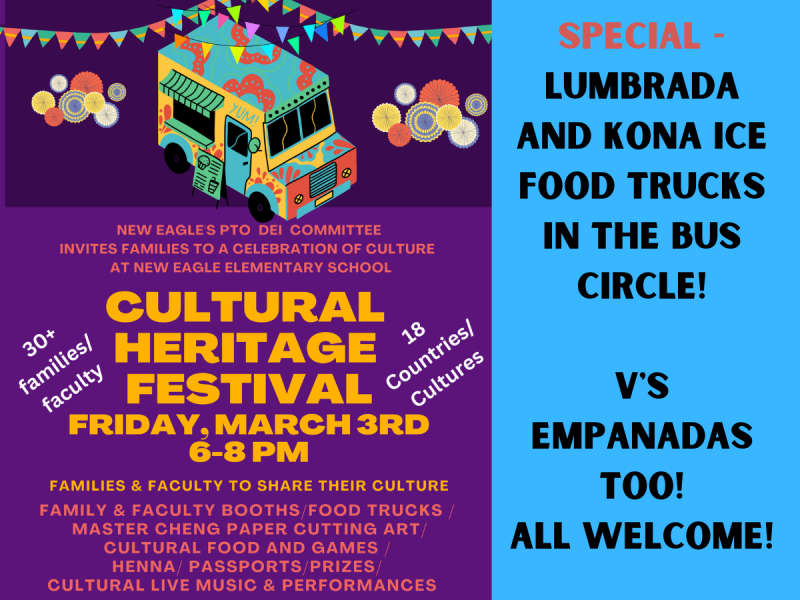The Cultural Heritage Festival is a vibrant celebration that showcases the diversity and richness of various cultures, offering attendees an immersive experience replete with artistic expression, culinary delights, and educational opportunities. This extraordinary event typically occurs in a community setting, gathering people from diverse backgrounds to celebrate their unique heritages. The festival fosters inclusivity and understanding, acting as a bridge between different cultures. Attendees can expect a multifaceted experience that encompasses various elements, engaging all their senses and offering enriching opportunities to appreciate cultural diversity.
One of the most prominent features of a Cultural Heritage Festival is the plethora of performances that take place across multiple stages. These performances often include traditional dances, music, and theatrical presentations that reflect the cultural traditions of the participating communities. From energetic folk dances to hauntingly beautiful musical performances featuring indigenous instruments, the festival aims to create an enchanting atmosphere. Research suggests that exposure to diverse artistic expressions can facilitate empathy and intercultural dialogue, making these performances not only entertaining but also a vital part of fostering understanding among different groups.
In addition to performances, the festival frequently boasts an array of workshops and demonstrations that invite festival-goers to participate and learn. These interactive experiences may cover traditional crafting techniques, cooking classes, or language lessons, allowing attendees to engage deeply with various cultural practices. For instance, a workshop on traditional pottery might reveal the intricate processes that artisans undergo, emphasizing the significance of craftsmanship in cultural identity. Such hands-on experiences can forge personal connections and create lasting memories that resonate far beyond the festival grounds.
Culinary arts hold a prominent place in the tapestry of the Cultural Heritage Festival. Food vendors often showcase a sumptuous selection of traditional dishes, offering attendees a taste of different cuisines from around the world. The festival may feature everything from savory street food to elaborate multi-course meals, allowing attendees to indulge their palates. Beyond mere sustenance, these culinary offerings represent deep cultural narratives and histories. Festivals serve as a de facto platform where culinary traditions are preserved, celebrated, and shared. Exploring the food stalls not only enlightens attendees on the flavors of different cultures but also emphasizes the role of cuisine as a cultural cornerstone.
Moreover, marketplaces flourish at Cultural Heritage Festivals, presenting artisans and merchants who sell handcrafted goods, textiles, jewelry, and various cultural artifacts. These markets provide an essential avenue for sustaining traditional craft techniques and supporting local economies. By purchasing these items, attendees engage in ethical consumerism, directly supporting the cultural practitioners who maintain these rich traditions. This commercialization, while often viewed with a critical eye, can also promote the viability of these crafts, ensuring that they endure for future generations.
The Cultural Heritage Festival often includes educational booths and exhibitions that offer insights into the historical and sociopolitical contexts of the participating cultures. These displays may include historical documents, photographs, interactive timelines, or digital presentations aimed at educating the public about cultural histories and contemporary issues faced by these communities. Such educational components are crucial, as they provide a platform for cultural narratives that have often been marginalized or underrepresented in mainstream discourse. Through these exhibitions, attendees can engage with the complexities of cultural identities and histories, challenging misconceptions and fostering greater awareness.
Furthermore, the festival may feature guest speakers and panel discussions centering on cultural preservation, social issues, and the importance of inclusivity. Such discussions encourage attendees to ponder critical questions surrounding identity, belonging, and the responsibilities of individuals and communities in safeguarding cultural legacies. Engaging with thought leaders and community activists allows for transformative conversations that have the potential to inspire action and promote social change.
Community involvement is a cornerstone of the Cultural Heritage Festival. Local organizations, schools, and cultural groups often collaborate to produce the event, ensuring representation and participation from within the community itself. This collective effort creates a sense of ownership and pride among attendees. Volunteers, individuals passionate about cultural heritage, contribute their time and skills to help organize and facilitate the festival. Such grassroots involvement not only enhances the festival experience but also underscores the importance of community cohesion in celebrating and sustaining cultural identities.
In the realm of climate change and environmental activism, a Cultural Heritage Festival can simultaneously promote sustainability. Organizers may implement eco-friendly practices such as waste reduction initiatives, recycling programs, and sustainable sourcing for food vendors and artisans. By highlighting the relationship between cultural practices and environmental stewardship, the festival can encourage attendees to consider the broader implications of their choices, both culturally and environmentally. Learning about sustainable practices from different cultures not only enriches the festival experience but also fosters a collective responsibility toward protecting the planet.
As attendees navigate through the vibrant tapestry of the Cultural Heritage Festival, they partake in an experience that transcends entertainment. The fusion of performances, workshops, culinary experiences, markets, and education composes a rich narrative that celebrates cultural diversity while fostering empathy and understanding. Ultimately, the festival acts as a microcosm of the interconnectedness of humanity, offering a poignant reminder of the beauty found in our variances and the necessity of cherishing our cultural heritage amid an ever-evolving global landscape.
